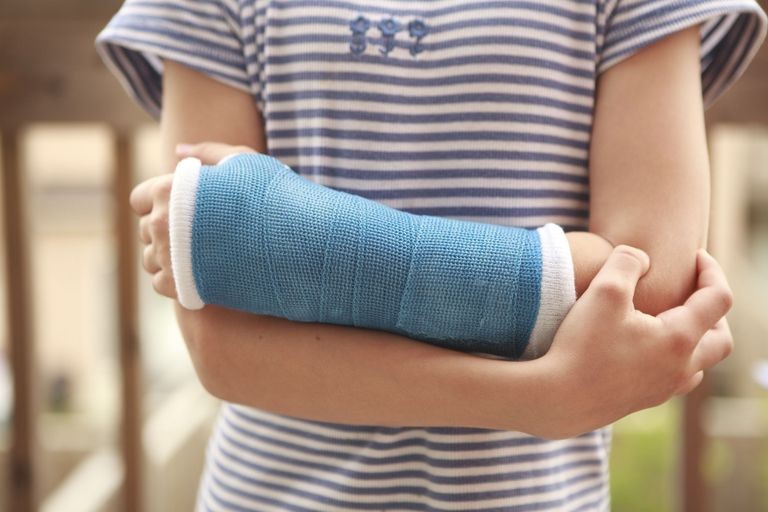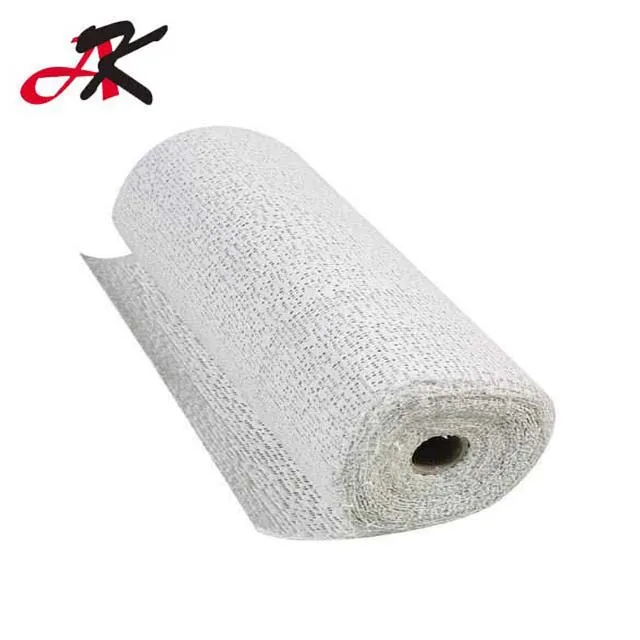


Let’s first think about it from a patient’s perspective…the splint is the only thing they see of your surgery postoperatively. While used every day in the ED, operating room, and orthopedic clinics around the world, the functional and aesthetic art of splinting and casting is not taught as much as it should be. While we have come a long way since that time, the use of modern splints and casts are still used today. Hippocrates first described splinting in 350 BC when he wrote about wrapping injured limbs in bandages soaked in wax and resins. Follow these guidelines for choosing your object.Splinting and casting as a means of treating musculoskeletal injuries has been used for thousands of years. Something without holes or porous surfaces. Simple object to cast, such as a figurine, a light bulb.Pinkysil or other 2 part silicone mixture (this activity used about $10 of pinkysil).If this kind of silicone is out of your price range there are some hardware store silicone hack recipes if you have time to experiment, or latex is cheaper though not quite as easy and reliable for beginners. Don’t pour a silicon cast in a silicone mould or it will stick to itself.
Plaster bandage hand casting skin#
Silicone may be the most expensive material listed here but it’s also one of the easiest to work with: skin safe, quick curing and the moulds are very durable, flexible and able to cast lots of different materials.īut here’s the first rule of casting: never like with like.

The flows of fine ash that followed Vesuvius’ eruption created a kind of mould – a detailed hollow impression – where any organic materials once were. Lent by the Museo Archeologico Nazionale di Napoli.


 0 kommentar(er)
0 kommentar(er)
